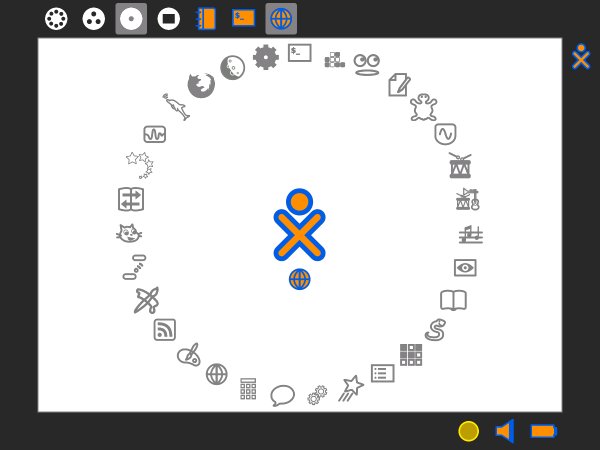Have you ever been in a situation where your keyboard or mouse/trackpad started malfunctioning all of a sudden, leading to pages being automatically scrolled up/down, text being scaled automatically or windows and tabs losing focus without explanation? Then this post is for you. Experienced this issue multiple times? Then this post is definitely for you.(No? Just me? Okay then =/)
When you face an issue like this it can be either a software problem, or a hardware problem. Try a restart of your system first (Fixes a myriad of issues nine times out of ten). Updating outdated drivers is an effective fix in the case of a trackpad if the issue started after a hardware upgrade or major system update. Plugging in an external mouse and disabling your current pointing device is an excellent way to check if the issue is with your current mouse or trackpad. Similarly plugging an external keyboard and disabling the current one can check for keyboard issues.
However this post targets a solution for a very specific issue that has occured over three times in my time spent on a computer: malfunctioning keyboard. This can be very obvious, like a malfunctioning "D" key causing errors when attempting to type or making your character move to the right erratically during a game, to slightly harder to identify errors with arrow keys and page up/down keys that can cause erroneous scrolling and folders and files getting selected randomly. Whatever be the case, if you suspect a keyboard malfunction, visit the Keyboard Tester
The keys on the keyboard map flashes orange when they are pressed on your keyboard, and keys that have registered at least once are shown in green. Loading up the keyboard tester and doing nothing for several seconds is a good way of checking if any keys are firing without you pressing them. This can also be used to check for unresponsive keys: If it doesn't flash orange, its not working.
If you have found an key that keeps screwing up, and trying to brush the dust out from under it (which is the most common cause for this problem) did not prove effective or is not easily possible (Looking at you, netbook owners.) , you might want to disable or reassign the key entirely. That's were a tool called KeyTweak comes in. It is a small tool (<1MB) that requires a download and install. Then on launching the tool, you can select a key from the map and reassign it to another key using the drop down menu or disable it entirely. Super handy. (A restart is required to apply changes as it reassigns the key by editing the Windows registry.) This tool is obviously not applicable for Linux and Mac users, but similar tools exist for those operating systems as well.
Also just for fun, notice how "No disadvantages" is listed as a con in the downloads section of it's website. Wow.
When you face an issue like this it can be either a software problem, or a hardware problem. Try a restart of your system first (Fixes a myriad of issues nine times out of ten). Updating outdated drivers is an effective fix in the case of a trackpad if the issue started after a hardware upgrade or major system update. Plugging in an external mouse and disabling your current pointing device is an excellent way to check if the issue is with your current mouse or trackpad. Similarly plugging an external keyboard and disabling the current one can check for keyboard issues.
However this post targets a solution for a very specific issue that has occured over three times in my time spent on a computer: malfunctioning keyboard. This can be very obvious, like a malfunctioning "D" key causing errors when attempting to type or making your character move to the right erratically during a game, to slightly harder to identify errors with arrow keys and page up/down keys that can cause erroneous scrolling and folders and files getting selected randomly. Whatever be the case, if you suspect a keyboard malfunction, visit the Keyboard Tester
The keys on the keyboard map flashes orange when they are pressed on your keyboard, and keys that have registered at least once are shown in green. Loading up the keyboard tester and doing nothing for several seconds is a good way of checking if any keys are firing without you pressing them. This can also be used to check for unresponsive keys: If it doesn't flash orange, its not working.
If you have found an key that keeps screwing up, and trying to brush the dust out from under it (which is the most common cause for this problem) did not prove effective or is not easily possible (Looking at you, netbook owners.) , you might want to disable or reassign the key entirely. That's were a tool called KeyTweak comes in. It is a small tool (<1MB) that requires a download and install. Then on launching the tool, you can select a key from the map and reassign it to another key using the drop down menu or disable it entirely. Super handy. (A restart is required to apply changes as it reassigns the key by editing the Windows registry.) This tool is obviously not applicable for Linux and Mac users, but similar tools exist for those operating systems as well.
Also just for fun, notice how "No disadvantages" is listed as a con in the downloads section of it's website. Wow.


















